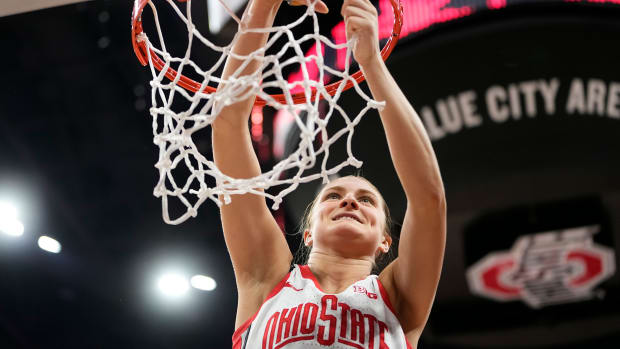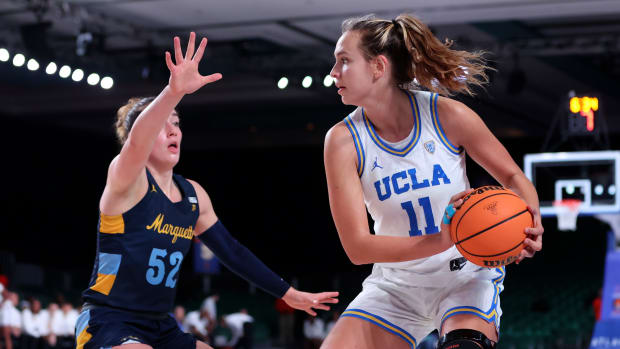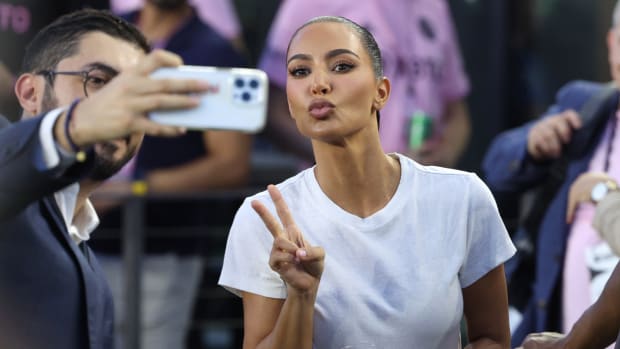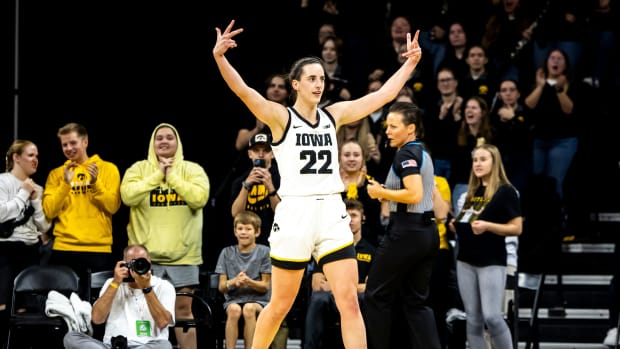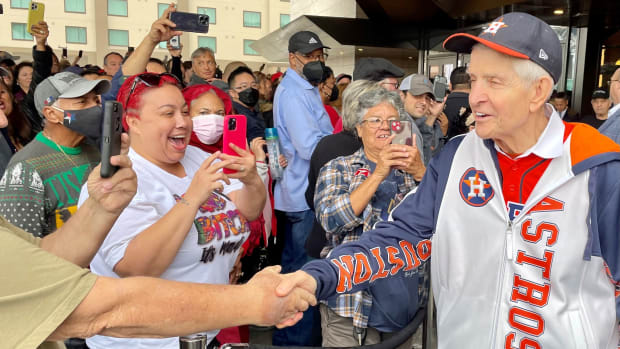
The College Football NIL Pay Gap is Real
This week, 247Sports released the findings of their anonymous survey, disclosing how much four and five-star recruits in the 2024 high school graduating class will make during their first college football season.
In the current system, NIL payments, facilitated through entities known as NIL collectives, serve as proxy payrolls for collegiate football programs. These payments do not reflect the value of publicity rights of student-athletes but rather the value of an athlete’s on-field talent. The collective payments are used by programs as a recruiting tool for high school and transfer prospects and as an incentive for current players not to enter the transfer portal. Put simply, this is pay-for-play.
The data from the survey includes the rough value of fifteen players’ first-year NIL compensation; the deals range from a few thousand dollars a month to annual payments nearing one million dollars. While three of the players were making less than one hundred thousand dollars annually from their respective collectives, two-thirds of players were receiving low to mid six-figure deals. Two players were outliers on the high end, reporting first-year NIL earnings exceeding six hundred thousand dollars annually.
What sticks out the most after reviewing the data set is just how wide the range of compensation is for top players. With annual compensation ranging from under fifty thousand dollars all the way to near million-dollar payouts, the value elite high-school prospects can command is extremely disparate.
Is this the result of a new economy that has yet to find equilibrium in player payments? It would be naive to think that it wasn’t at least a contributing factor; however, data from industry leaders in the collective space indicate that the novelty of the market may play less of a part in pay disparity than appears on the surface. According to Student-Athlete NIL (SANIL), a leader in NIL collective management, there is a method to the madness.
In November, SANIL released aggregate data from their collectives. The findings indicate a large drop in value for four-star prospects compared to their five-star peers.
The data makes sense; 247Sports designates “the top 32 players in the country to mirror the 32 first-round picks in the NFL Draft” as five-star athletes. Four-star recruits are “players that we believe are the most likely to produce college careers that get them drafted. By National Signing Day, this number is typically in the range of 350 prospects, roughly the top 10 percent of prospects in a given class.” While all players who achieve either honor are high-level collegiate and professional prospects, to be a five-star recruit often indicates a level of potential for immediate impact that programs are willing to risk heavy investments on.
As seen by the data, the scarcity of recruits touted as a five-star drives the market price of these players up more than double that of their four-star peers. In conjunction with other factors, like positional value, a better illustration of the often enigmatic recruiting market can be understood.
Looking again at SANIL’s transparent payment data, it can be noticed that position plays a large part in the collective salary a player can expect to receive. Without much surprise, skill positions command the most NIL compensation, with quarterbacks leading the way. A top-level quarterback, on average, will more than triple the compensation of a tight end of the same caliber.
As the NIL market becomes demystified with age, we will likely see a tightening and perhaps even formalization of player payment. The transparency of both 247Sports and SANIL catalyzes the push to NIL payment equilibrium and, with it, a more efficient NIL economy. While the survey data appears jarring at first in both magnitude and disparity of player compensation, the value in the scarcity of the most elite prospect designation is immense, especially at high-impact positions like quarterbacks.

